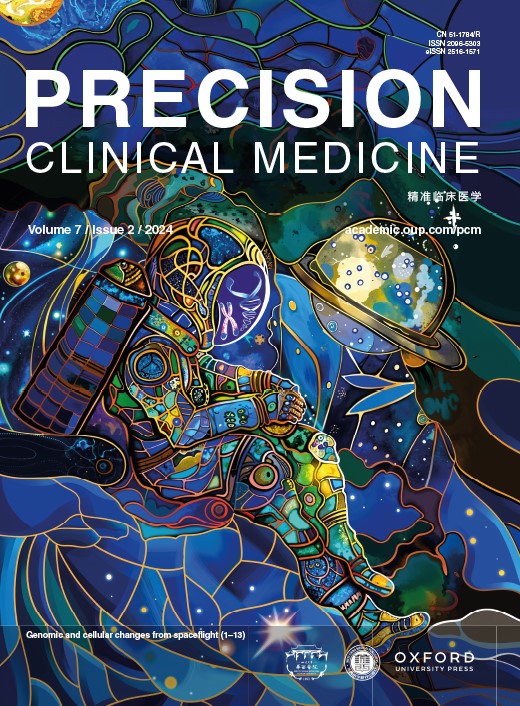非编码rna调控癌症恶病质中肌肉萎缩的机制。
IF 5
4区 医学
Q1 MEDICINE, RESEARCH & EXPERIMENTAL
引用次数: 5
摘要
癌症恶病质(CC)是一种复杂的代谢综合征,可加速肌肉萎缩,影响多达80%的癌症患者;然而,缺乏及时的诊断方法和有效的治疗方法。尽管相当多的研究集中在cc诱导的肌肉萎缩的机制上,但在过去的十年中,很少有新的治疗方法被应用。近年来,非编码rna (noncoding RNAs, ncRNAs)引起了人们的广泛关注,因为有报道称在癌症病毒质肌肉中有许多差异表达的ncRNAs参与抑制肌肉生成和激活蛋白质水解。此外,细胞外囊泡(EVs)在细胞间通讯中作为ncRNA载体,密切参与改变肌肉中ncRNA的表达谱,促进肌肉萎缩的发生;因此,ev相关的ncrna可能代表潜在的治疗靶点。本文全面介绍了ncRNA通过ev的传递过程,并总结了导致cc诱导肌肉萎缩的ncRNA的途径和靶点。本文章由计算机程序翻译,如有差异,请以英文原文为准。
The mechanism by which noncoding RNAs regulate muscle wasting in cancer cachexia.
Cancer cachexia (CC) is a complex metabolic syndrome that accelerates muscle wasting and affects up to 80% of patients with cancer; however, timely diagnostic methods and effective cures are lacking. Although a considerable number of studies have focused on the mechanism of CC-induced muscle atrophy, few novel therapies have been applied in the last decade. In recent years, noncoding RNAs (ncRNAs) have attracted great attention as many differentially expressed ncRNAs in cancer cachectic muscles have been reported to participate in the inhibition of myogenesis and activation of proteolysis. In addition, extracellular vesicles (EVs), which function as ncRNA carriers in intercellular communication, are closely involved in changing ncRNA expression profiles in muscle and promoting the development of muscle wasting; thus, EV-related ncRNAs may represent potential therapeutic targets. This review comprehensively describes the process of ncRNA transmission through EVs and summarizes the pathways and targets of ncRNAs that lead to CC-induced muscle atrophy.
求助全文
通过发布文献求助,成功后即可免费获取论文全文。
去求助
来源期刊

Precision Clinical Medicine
MEDICINE, RESEARCH & EXPERIMENTAL-
CiteScore
10.80
自引率
0.00%
发文量
26
审稿时长
5 weeks
期刊介绍:
Precision Clinical Medicine (PCM) is an international, peer-reviewed, open access journal that provides timely publication of original research articles, case reports, reviews, editorials, and perspectives across the spectrum of precision medicine. The journal's mission is to deliver new theories, methods, and evidence that enhance disease diagnosis, treatment, prevention, and prognosis, thereby establishing a vital communication platform for clinicians and researchers that has the potential to transform medical practice. PCM encompasses all facets of precision medicine, which involves personalized approaches to diagnosis, treatment, and prevention, tailored to individual patients or patient subgroups based on their unique genetic, phenotypic, or psychosocial profiles. The clinical conditions addressed by the journal include a wide range of areas such as cancer, infectious diseases, inherited diseases, complex diseases, and rare diseases.
 求助内容:
求助内容: 应助结果提醒方式:
应助结果提醒方式:


